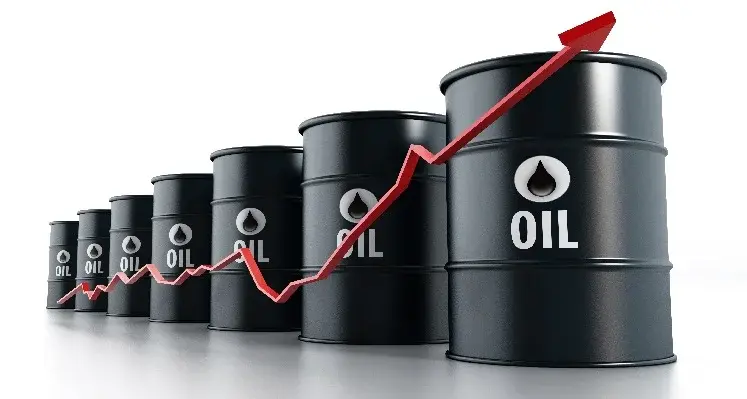Oil prices continue to hover around the US$90/bbl mark as of 8 April, as a result of the geopolitical instability in the Middle East, robust demand and OPEC+ supply restraint
Brent rose to more than US$91/bbl in the first week of April, its highest level for six months, although it has since fallen back slightly.
Nigel Green, CEO of deVere Group, forecasts that oil prices are likely to remain high for the foreseeable future.
“The recent surge in oil prices, with Brent crude surpassing US$91 per barrel and West Texas Intermediate climbing 21% for the year, underscores the complex interplay of geopolitical uncertainties and robust economic fundamentals,” Green commented.
“While fears of escalating conflicts in the Middle East, including between Israel and Hamas, a potential Iranian retaliation, and attacks on cargo ships in the Red Sea have played a significant role in propelling oil prices upward, it’s also essential to recognise that economic growth dynamics in key regions like the US, Europe, and China are also exerting substantial upward pressure on demand. These three economic powerhouses are witnessing robust growth trajectories, further intensifying the global appetite for oil.
“This surge in demand is likely to provide a strong support pillar for oil prices, irrespective of developments in the Middle East.
“Through coordinated production cuts and gradual increases in output, OPEC+ has effectively constrained supply, preventing an oversupply scenario that could have otherwise dampened prices. This strategic manoeuvring by OPEC+ has been instrumental in maintaining a delicate balance between supply and demand, thereby supporting elevated price levels,” noted the deVere CEO.
“We believe that OPEC+ market management will ensure Brent crude remains in a USD80-100/bbl range, with a USD80/bbl OPEC+ put from the group leveraging its inelastic pricing power, and a USD100/bbl ceiling from spare capacity to handle tightening shocks,” said Ehsan Khoman and Ramya RS in the latest MUFG Commodities Weekly report.









